PERHAPS YOU CAN’T AFFORD a vehicle that’s roomy enough for comfortable living, but you have a trunk, back seat, pickup bed or roof box that can carry a decent amount of gear. Or maybe you want to try nomad living without making a big investment. Or maybe you have a lot of camping or backpacking experience. If any of these are the case, then a good tent could make a lot of sense. But only part of the year, right, because then it gets too cold or too hot. Not necessarily.
Tents on a beach in Baja
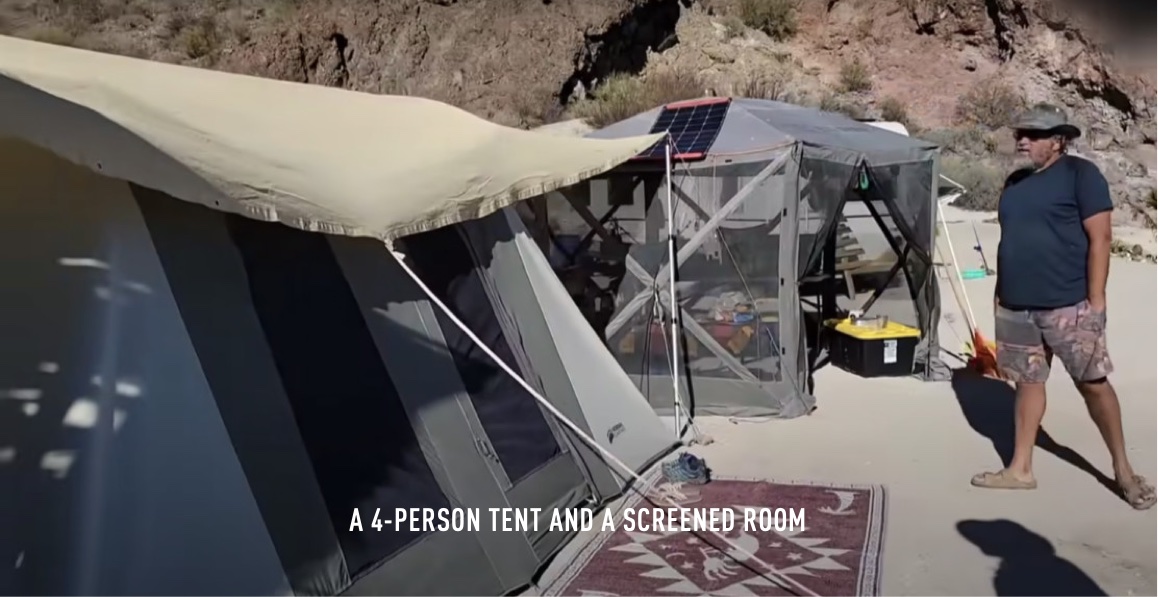
Brittany and Tom have traveled around North America by foot, bicycle, and small camper. They’ve hiked in Europe and semi-hoboed around Southeast Asia. Now they’re living la vida on a Baja beach.
A palapa is a simple structure, usually made with thatched palm fronds, common at many Mexican beaches. They’re rented out at very low rates. A palapa is often enough for some beach lovers, but Tom and Brittany have augmented their camp with a tent and a screened room.
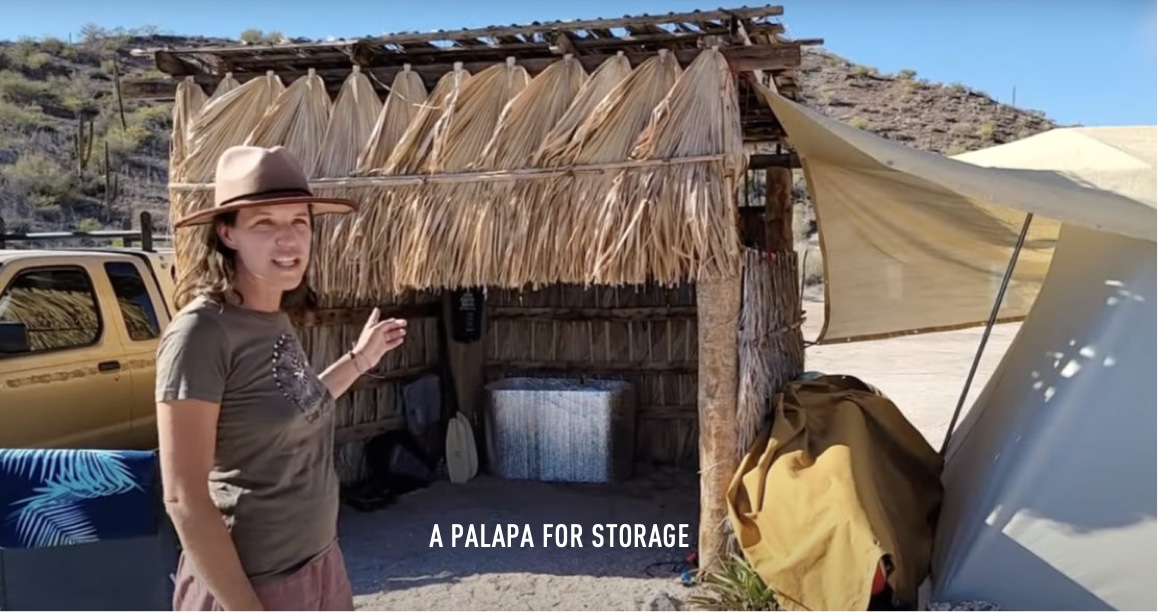
Their 4-person tent is canvas. They chose it because canvas is more breathable than nylon. It stays cooler in the heat and warmer at night. Canvas is also more UV resistant, so it lasts longer.
Brittany and Tom have also stretched shade cloth over the tent. Shade cloth is a netted material that blocks up to 90 percent of ultraviolet light.

And because it’s a mesh it allows air to pass through. That does two things. First, any heat that builds up under the fabric can escape. Secondly, wind can pass through, so it doesn’t flap around as much.
Inside the tent, Tom and Brittany sleep on a full-size foam mattress. It’s much more comfortable than backpacking sleeping pads or air mattresses, and because it’s constructed in three folding sections it packs away easily in their truck. (This is a much better solution than the one used by a couple I camped with back in the 90s. They brought the mattress from their bedroom. I don’t know how they fit it into their car.)
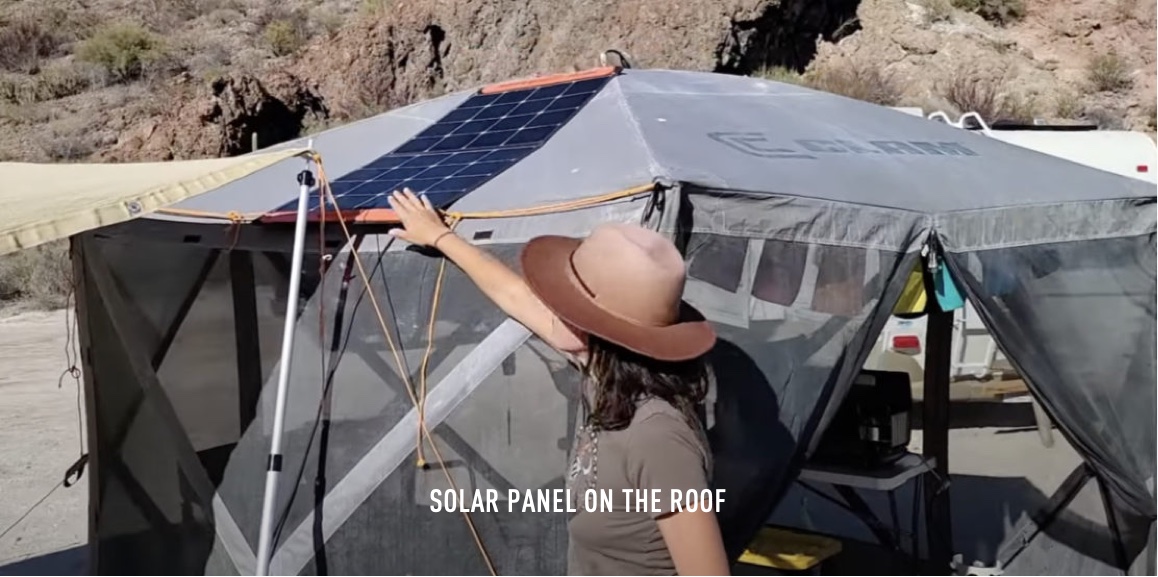
Next to the tent is a Clam pop-up screen shelter Brittany and Tom use as their kitchen and living room. The screens let in the breeze, allow the heat from cooking to escape, and keep out the bugs. And they take only seconds to set up. Optional fabric walls can be attached to block low sun or excessive wind.
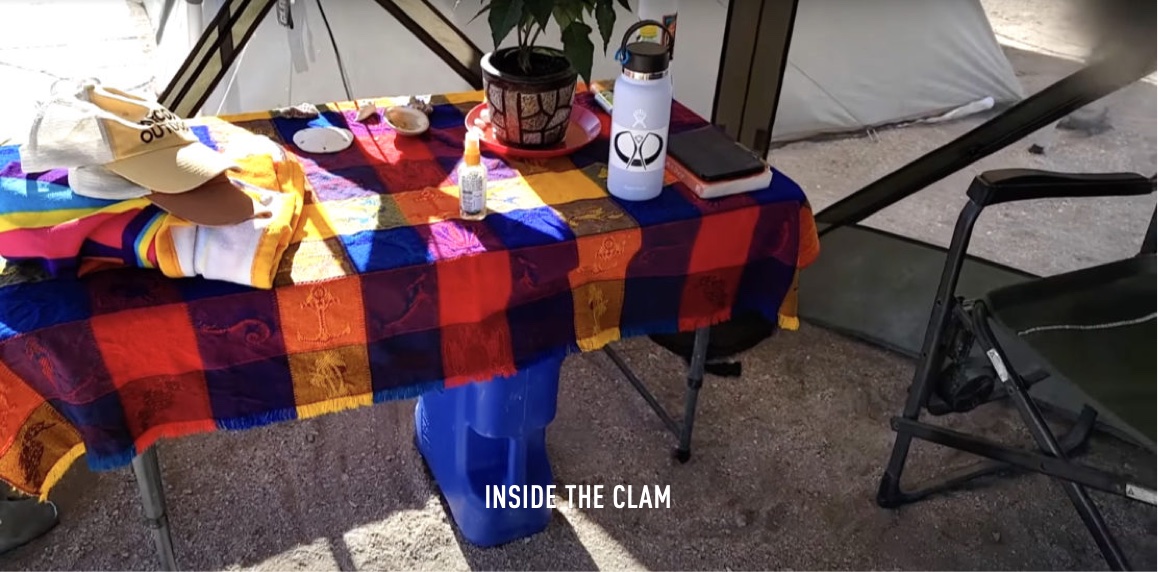

Tom and Brittany have placed their solar panel atop the Clam where it charges their power station.
As you can see, the tents provide a lot of comfortable living space for two people. And the tents and all their gear packs into their truck.
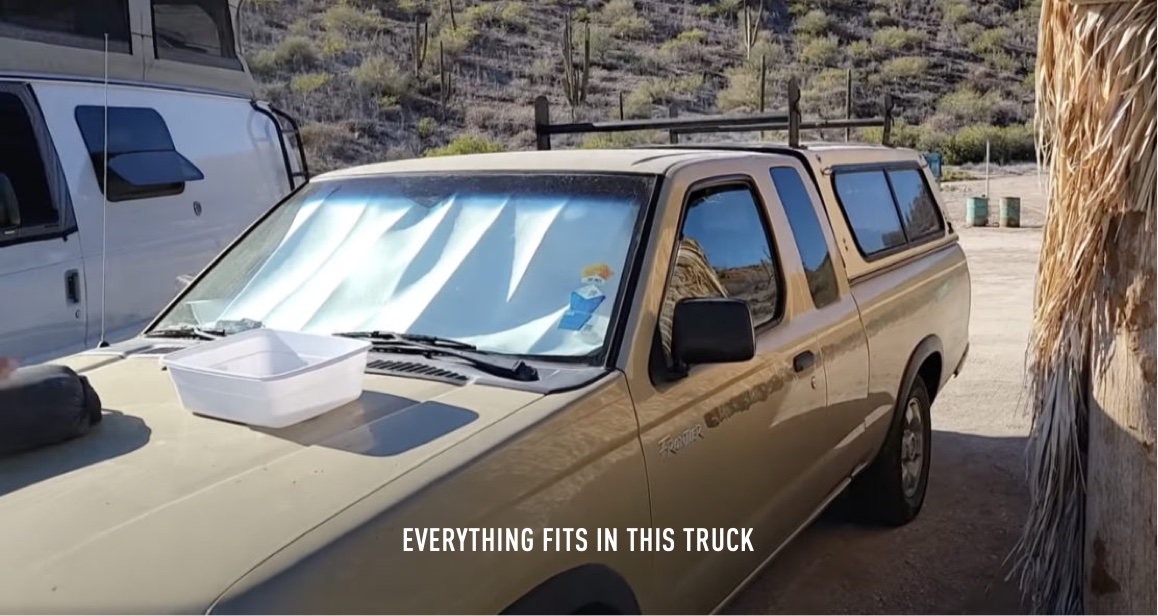
But that’s camping where it’s warm. What about cold weather?
A Tent in Colorado winters
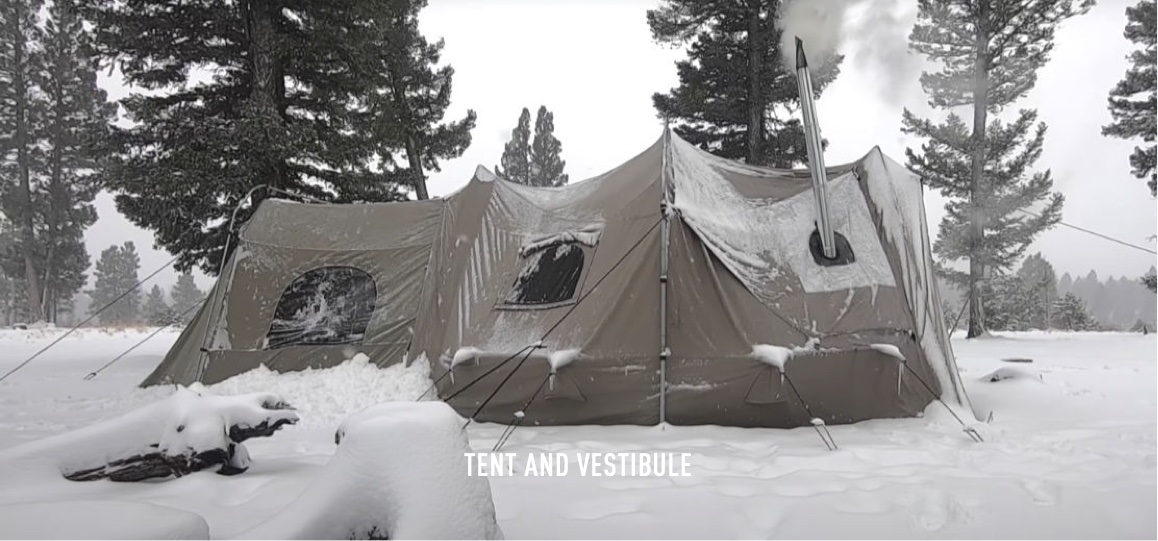
Brian lives full time out of a Tacoma truck. Unlike most nomads who flee cold (or even mildly chilly) weather, Brian thinks it’s fun (his word) living with just some fabric between himself and subfreezing conditions. This is how he does it.

The main part of the tent is 12 by 14 feet and about 7 feet high. As you can see, it’s very roomy. A vestibule is attached that serves as a mudroom and a place to store firewood. It also gets Brian out of the elements a little sooner. A skirt around the bottom of the tent helps deflect rain, and snow buildup helps seal the tent from drafts.
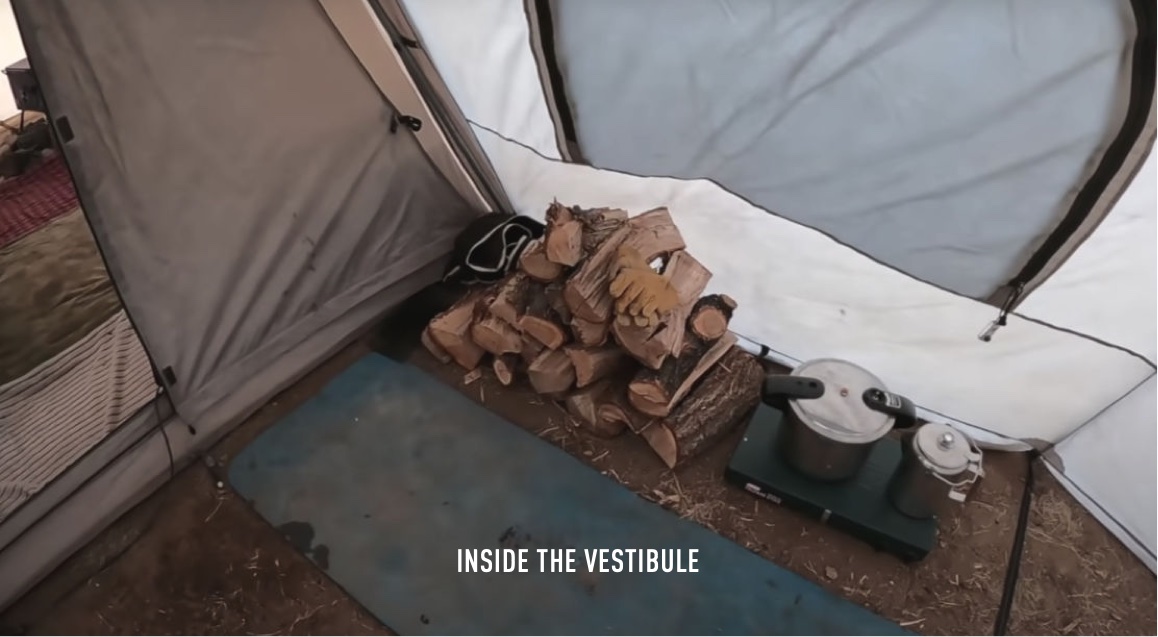
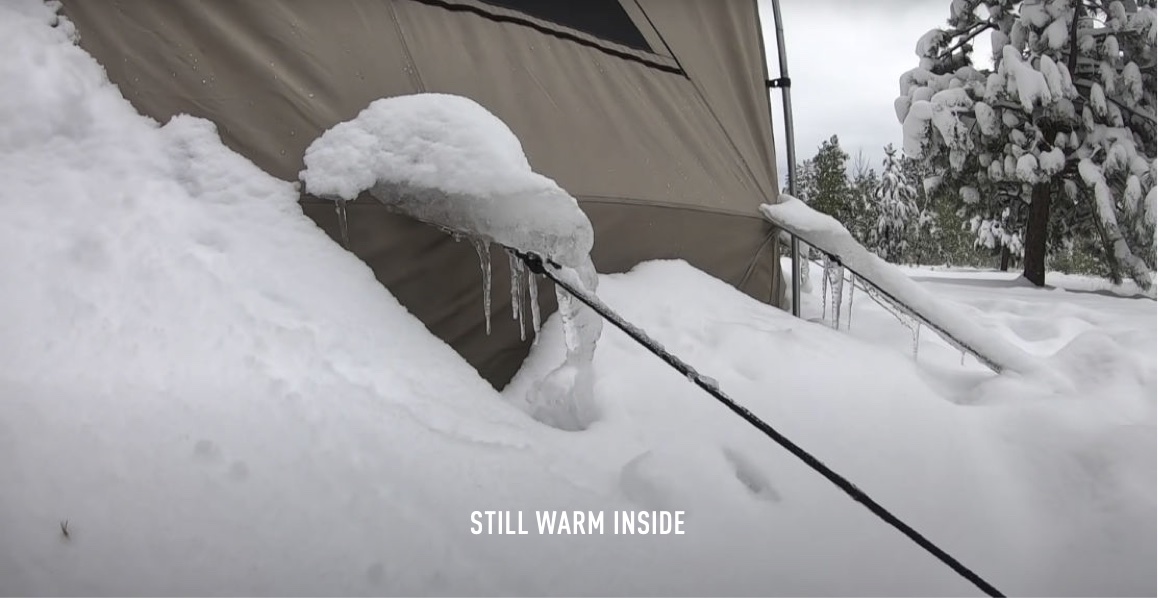
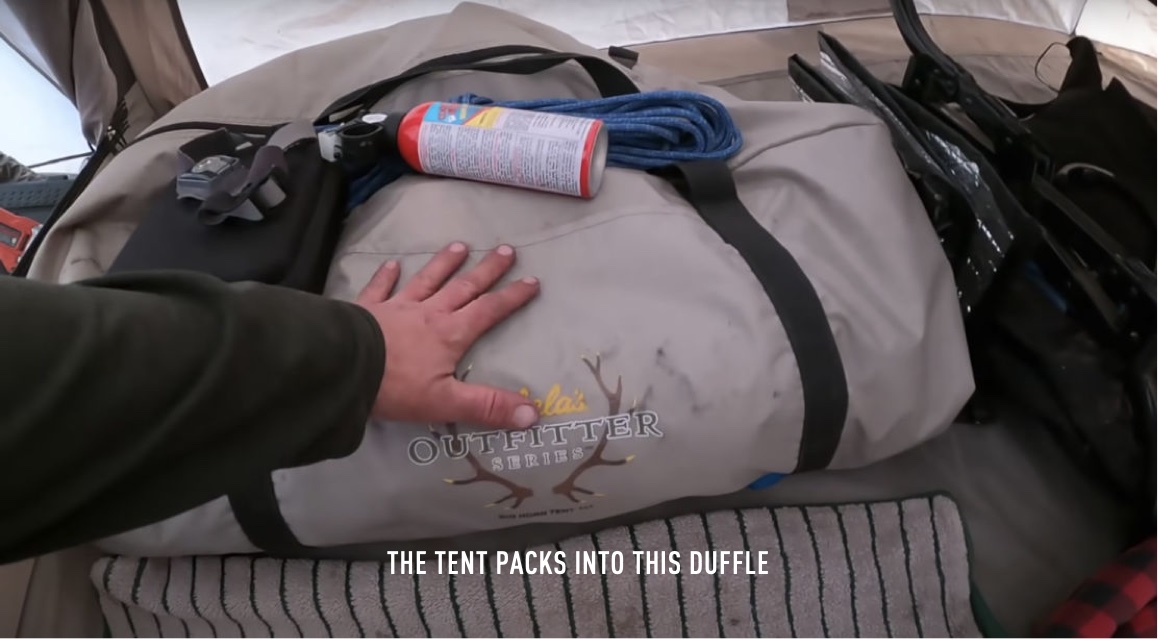

But the key to staying warm in winter is a small wood stove. “I had nights where it was minus 24 degrees, or 35 below with the wind chill,” said Brian, “And with that stove it was still about 45 to 50 degrees in here.” Under those conditions, Brian still needs to dress warmly, and he augments the heat with 12 Volt heating blankets and pads, but the stove does the bulk of the work. The thin walls of a tent can hold in more heat than one would expect.
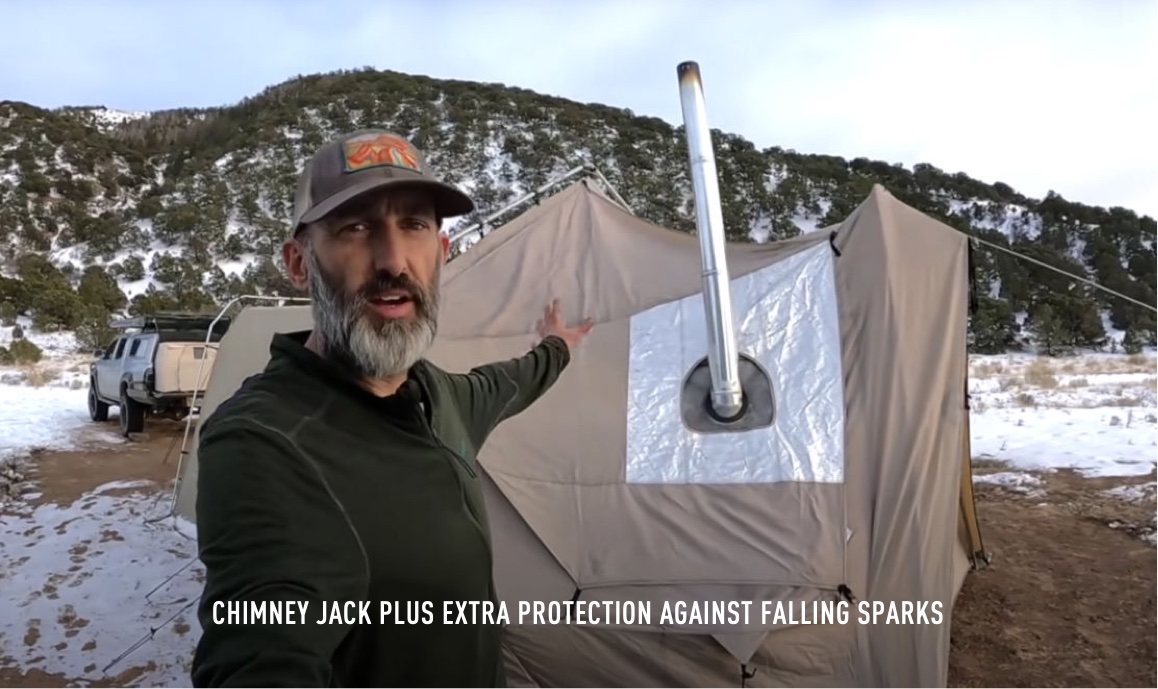
“I love living this way,” says Brian. “I plan on doing it for probably at least another five to ten years. People ask me why in the world do I want to go out there and winter camp, and be out where it’s windy all the time and it’s snowing like crazy, and I just tell them I like the solitude. There’s something about the winter landscape that’s just amazing.”
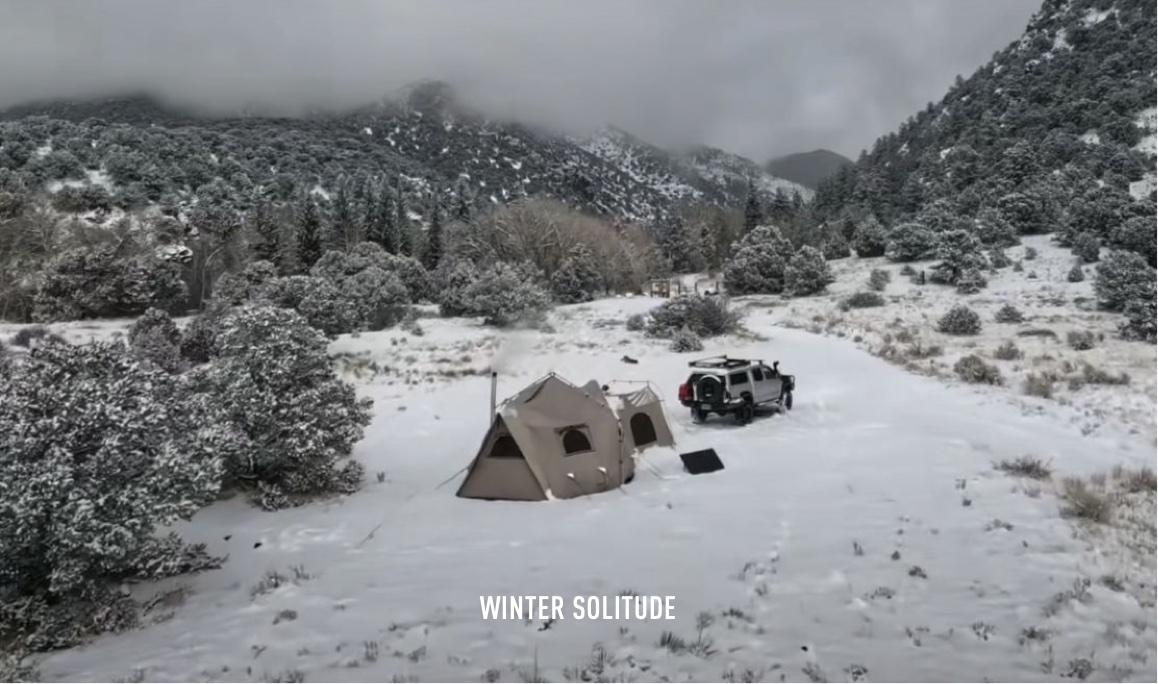

Fantastic article! Love these stories of robust individuality, low cost, and quite often…Introversion.
“There’s something about the winter landscape that’s just amazing.” I second that! The silence, the reflected light of any moon, the slight chill…alive with a smile!
There is a company that sells Yurts (type of tent) as permanent housing. Great article Al.
Fabulous article Al! Strength, resilience, can do it attitudes. Great encouragement to just go for what you want! Anything is possible.
I think winter is a lot more enjoyable if you don’t have to commute to work or shovel your long driveway every day. That’s what people don’t think about when they question Brians decision.
I worked at home and still hated winter.
I go to a lot of effort to avoid cold weather. I admire his differences from me.
Awesome ! Love winter camping.
The dampened sound in the forest after the trees are ladened with a heavy snowfall….
Looks like Brian has it figured out !